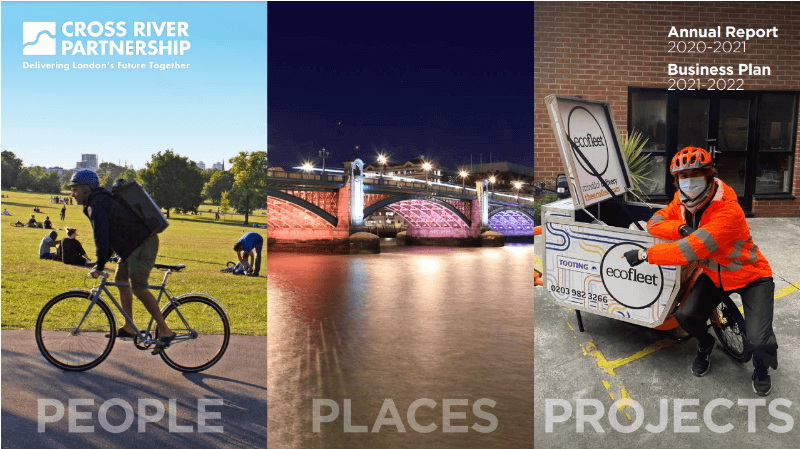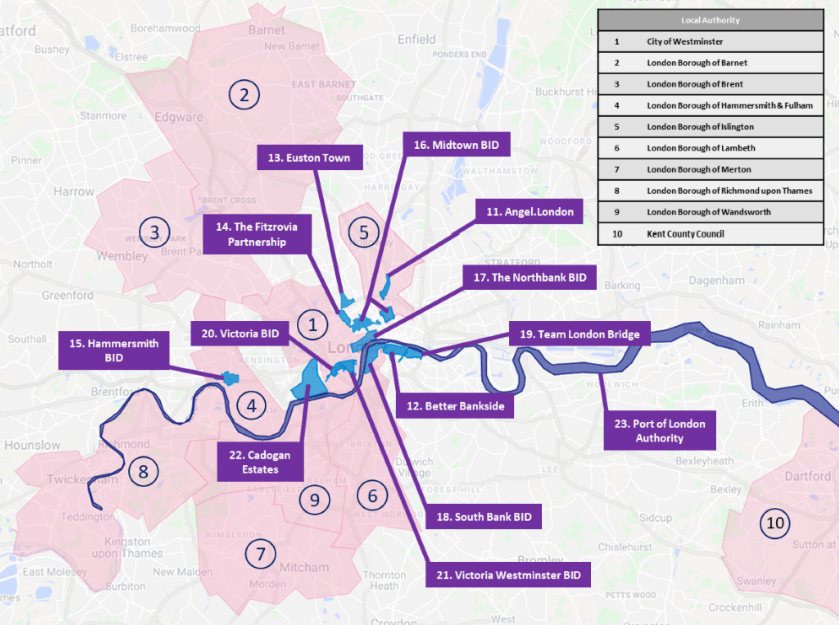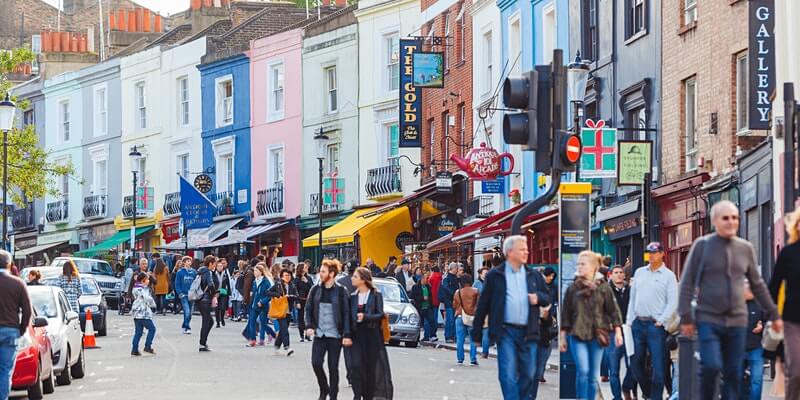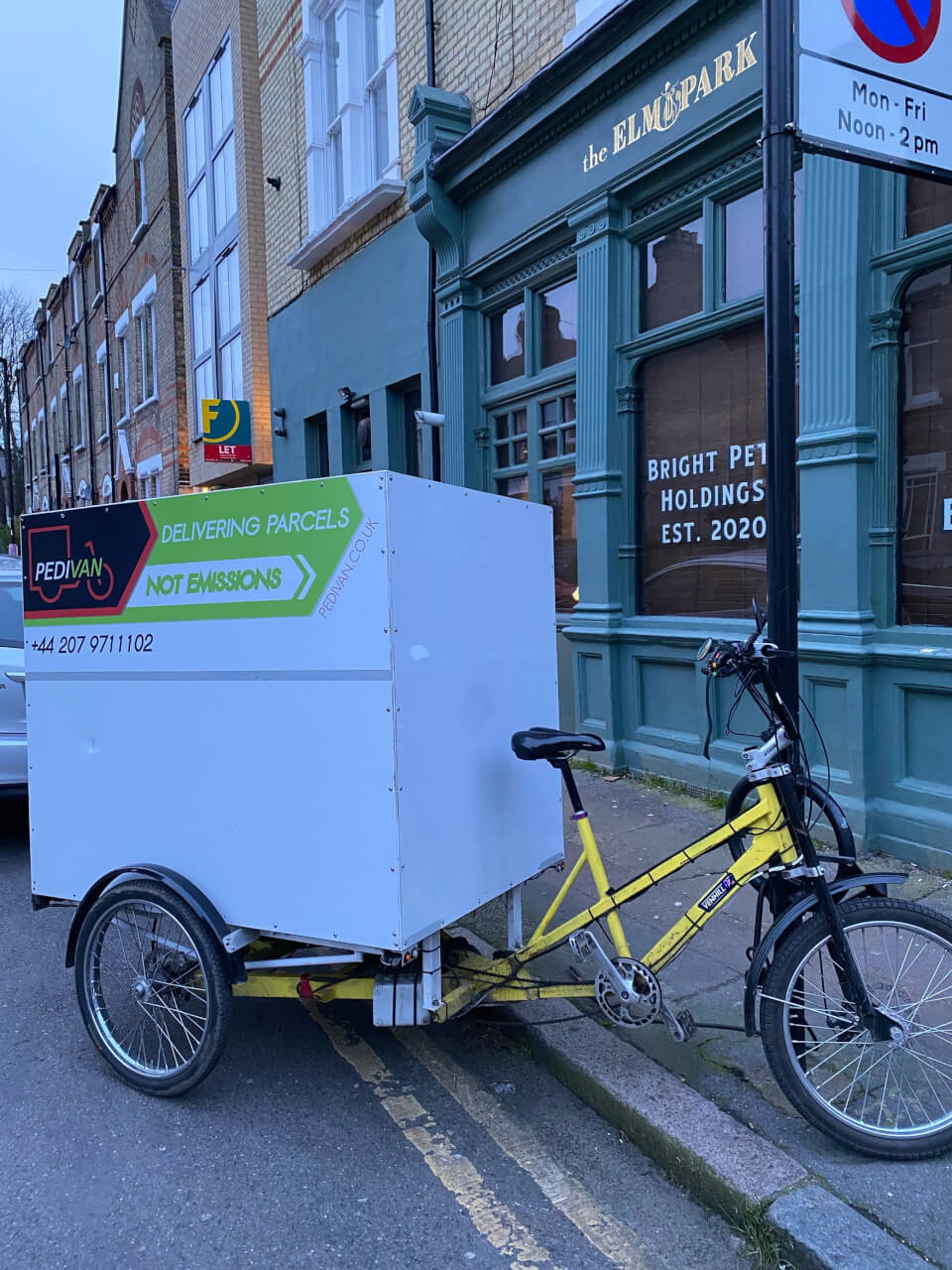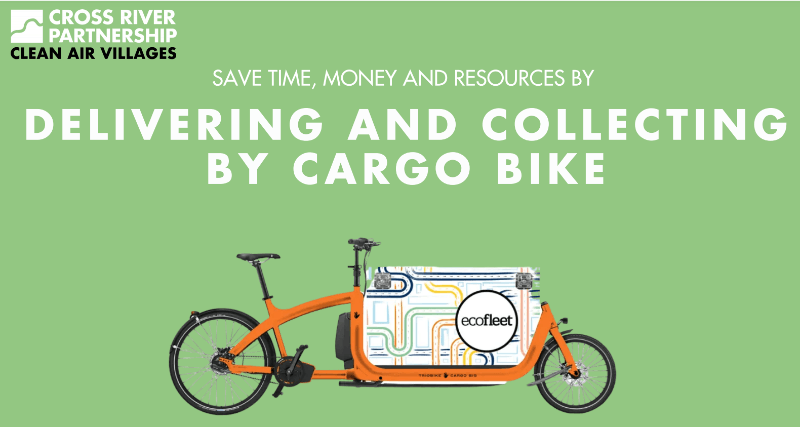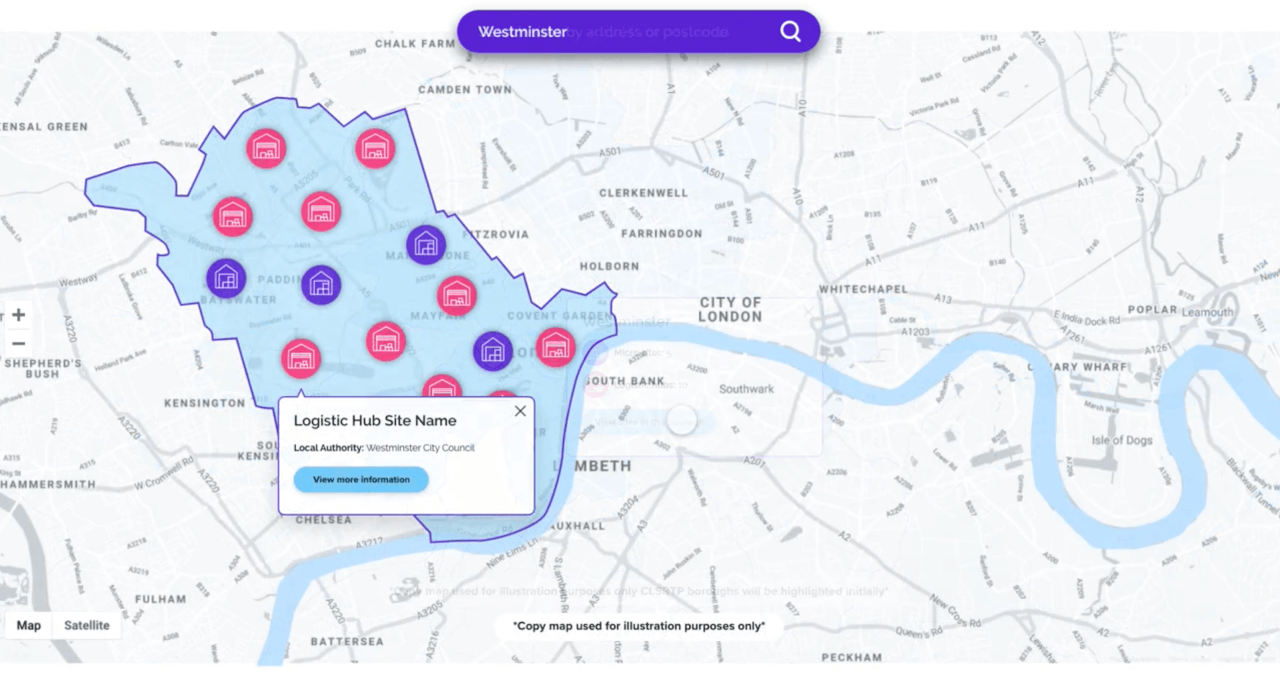CRP Annual Report 2020/21 & Business Plan 2021/22
16th March 2021 / Posted by CRP TeamCRP is pleased to announce that the Annual Report and Business Plan was agreed at the CRP Board meeting on 9th March.
The great achievements delivered throughout this past year include, a new Healthy Street Everyday interactive website, and inspirational case studies and guidance documents on inclusive streets and school streets. As part of the Clean Air Villages 3 Project, seven cargo bike schemes have been launched, covering 596 miles to date, along with 14 new Clean Air Routes. 17 LiveShare online webinar events have also attracted 866 attendees from across 12 countries, plus much more!
Do take a look at the testimonials video from a range of partners and stakeholders.
We have also set ourselves a series of challenging targets for the year ahead. For more information, please contact CRP’s Operations Manager Carol Quamina.

